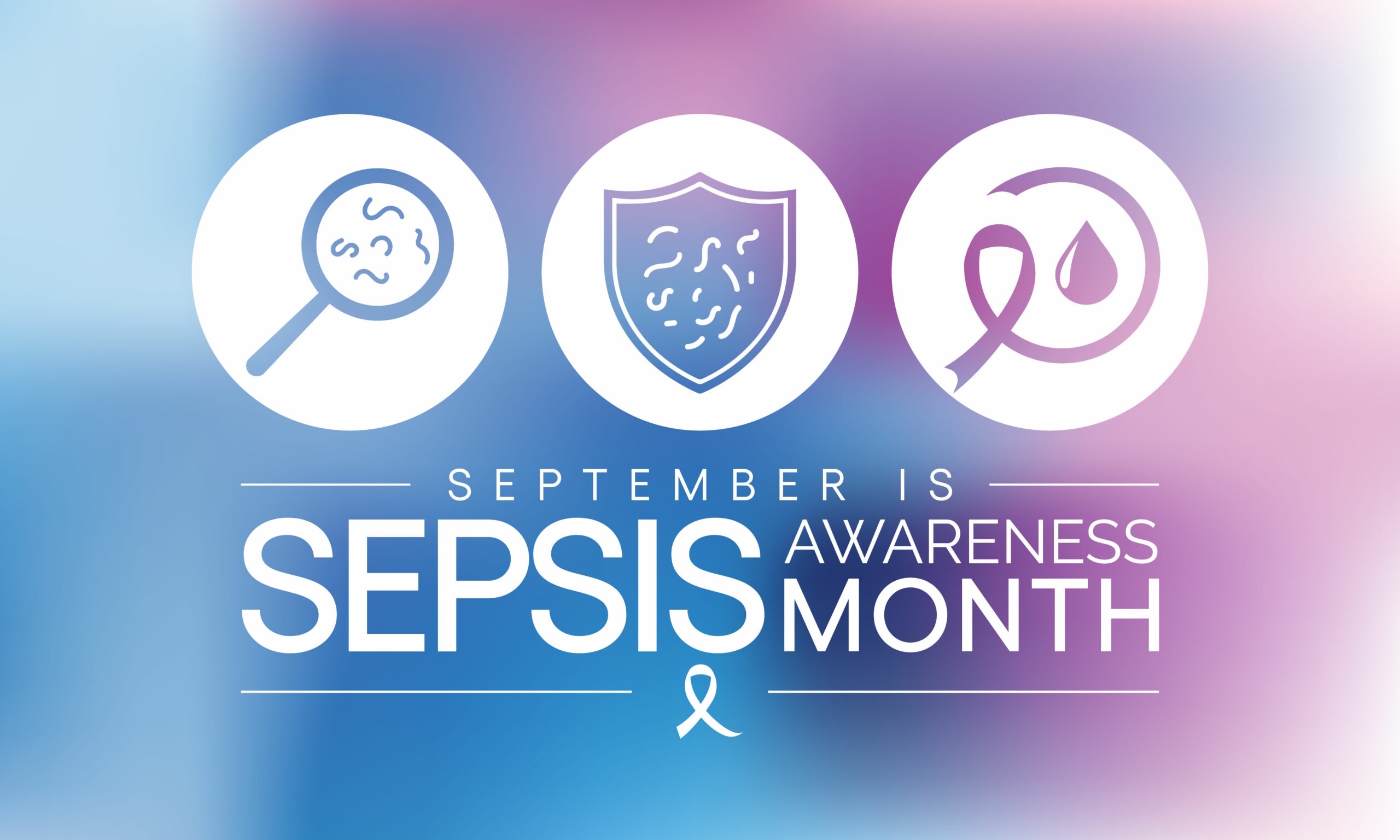© 2024 At-Heart HomeCare & Hospice
All Rights Reserved
All Rights Reserved

According to the CDC, in a typical year, at least 1.7 million adults in America develop sepsis and nearly 270,000 Americans die as a result of it. So, what exactly is sepsis and who is at risk? In honor of Sepsis Awareness Month, we want to answer these important questions.
Sepsis is the body’s extreme response to an infection and can be life-threatening. Your immune system works to protect you from infections and fight off any that occur, but it’s possible for it to have an overreactive response to infection.
Although a medical assessment by a healthcare professional is needed for a diagnosis, a patient who has sepsis may have one or more of the following symptoms:
There are three different stages of sepsis. Each has its own variation of symptoms a patient may experience. A patient can develop sepsis while they are still in the hospital recovering from a procedure, but that is not the only time/place it can develop. If you are experiencing any of the symptoms below, it is important to seek immediate medical attention. Seeking treatment early on can be lifesaving.
The first stage is simply called sepsis. Symptoms a patient may experience in this stage are:
The second stage is severe sepsis which occurs when there is organ failure. The following are common symptoms of this stage:
The third and final stage is septic shock. In this stage, a patient will experience the symptoms of severe sepsis plus a very low blood pressure.
Anyone can get sepsis, but some people have a higher risk of infection. Those at higher risk include:
Adults who are aged 65 or older are reportedly 13 times more likely to be hospitalized with sepsis than those who are younger. Researchers believe our immune system becomes less effective at fighting off infection as we age, which means older people tend to contract more infections that become more severe. Since each infection we get presents a risk of getting sepsis, this puts older adults at a higher risk of developing sepsis.
Any type of infection can cause sepsis but the most common among older people are respiratory such as pneumonia. COVID-19 has also become a strong risk factor for sepsis among older adults. Sometimes it is difficult to spot an infection right away in people who are aging. If an older person becomes confused or starts to behave in an unusual manner, it could be a sign of infection.
Sepsis can quickly progress through the three stages and result in death if left untreated. Treatment includes:
The best way to prevent sepsis is to prevent an infection. You can do this by:
Sepsis is a medical emergency. If you or someone you love has an infection that is not getting better (or is getting worse), it is important to act fast. Get medical care immediately and ask your healthcare professional if the infection could lead to sepsis.
Recovery typically starts with rehabilitation in the hospital. This includes building your strength back up and receiving help with things like bathing, sitting up, standing, and walking. Upon returning home, it is normal to feel weak and fatigued and have difficulty sleeping. Some people also experience a loss of appetite which results in weight loss. To help keep the recovery process moving, you can rest and rebuild your strength, eat a balanced diet, and exercise if you are feeling up to it.
Some patients experience long-term effects of sepsis. These can include: